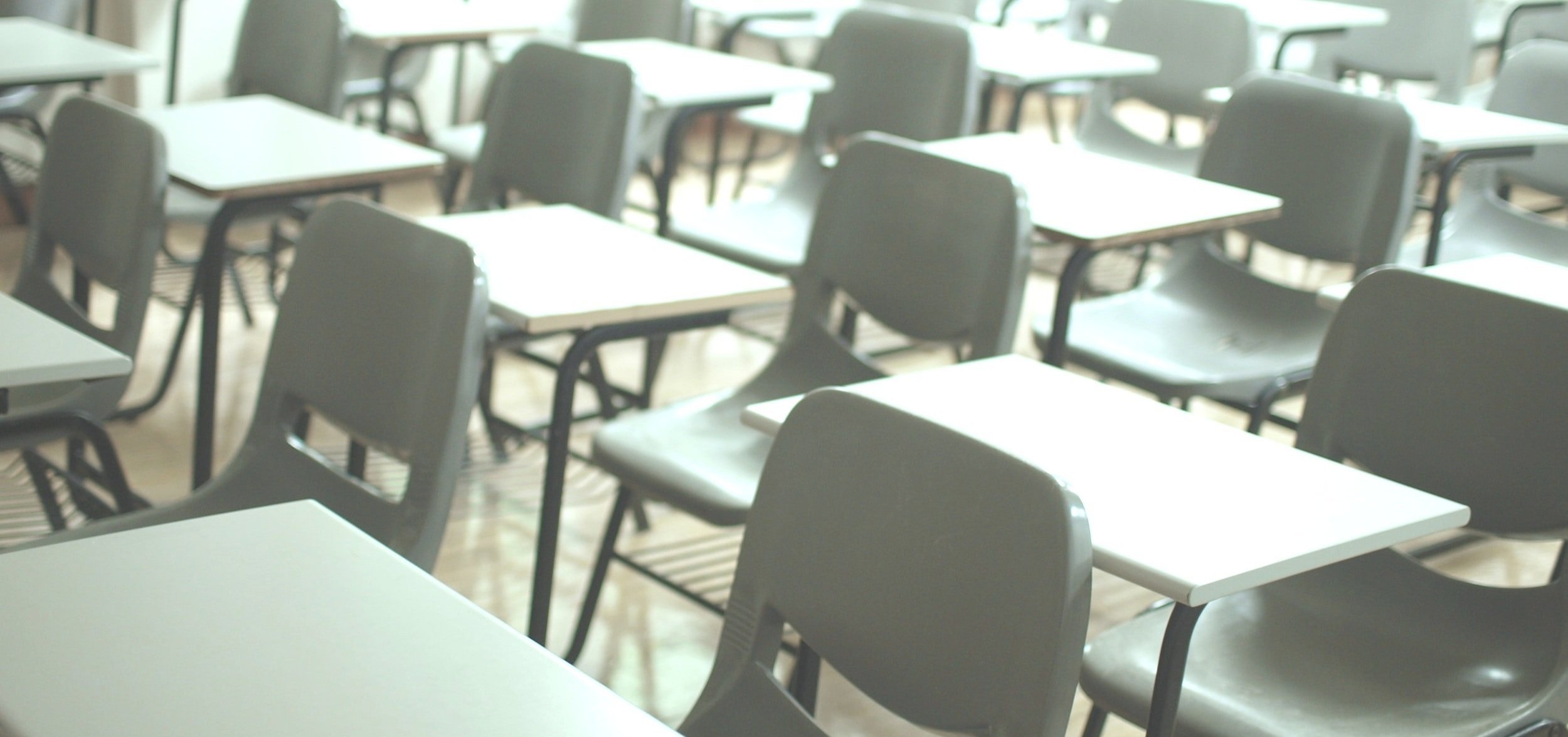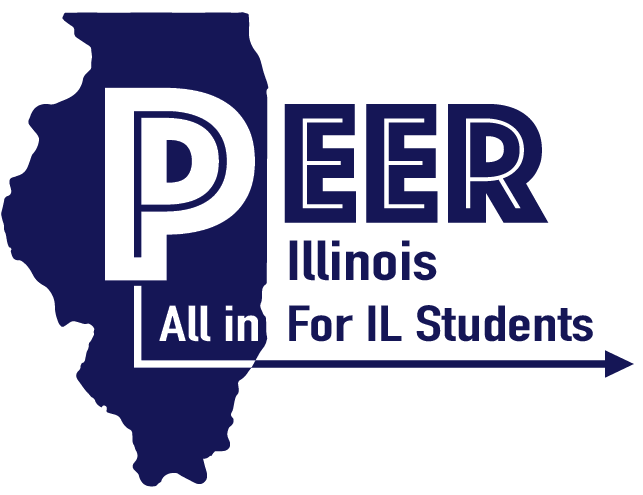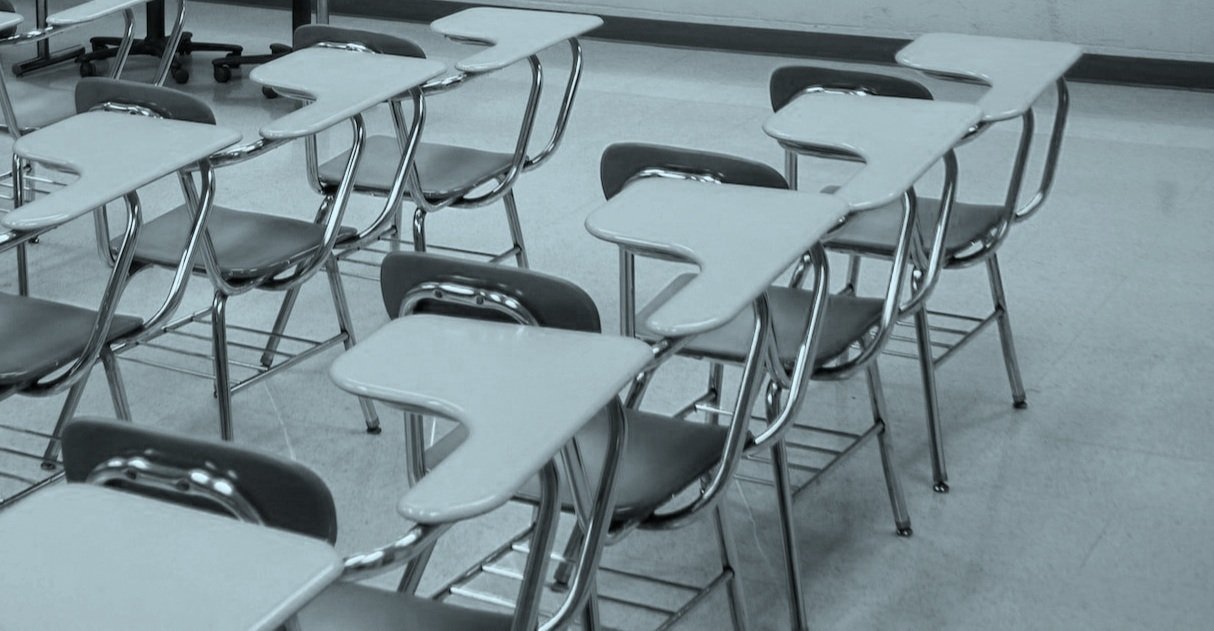Every child has the right to an excellent public school education no matter where they live.
Unfortunately, the enormous funding disparity for school districts across the state is depriving many students access to a quality education.
The financing rules for Illinois public schools make the state rank as one of the WORST in the nation for unequal district funding: 44th out of 50 states.
Over 83% of school districts in Illinois are inadequately funded, affecting more than 1.7 MILLION STUDENTS statewide.
Changing how public schools are funded will allow ALL Illinois children to get support they need to thrive.
Why some school districts have more than others:
The largest fraction of public school funding in Illinois comes from local revenue, specficially property tax.
Property wealth affects how much local funding is available for schools.
Historically, 60% of funds for public school operations have come from local revenue generated via property tax.
Districts with HIGHER property wealth can raise more revenue for schools and may choose to provide extra programming, enrichment
activities, and facility upgrades.Districts with LOWER property wealth may not even be able to provide the bare minimum.
The amount of state aid allotted to each district fluctuates and does not fill local funding gaps.
When districts fall short on local revenue, students suffer
the consequence of personnel and programming cuts.
When state aid dips too low, only higher-wealth districts can
afford to raise taxes to make up the difference.
Prior to 2017, the state’s funding models did not account for the disproportionate level of student need in districts with limited
local tax revenue.
ADEQUACY GAP:
measuring how close district funding comes to meeting student needs.
The ADEQUACY GAP is the difference between what districts receive and how much it takes to provide quality education.
Example of revenue streams for a hypothetical district showing the relative levels of state and local funding. An adeqacy gap is created when needs outweigh available revenue.

Economic and racial INEQUALITY are baked into property tax-based school funding.
The impact of race on local tax revenue
Starting in the 1930’s, the federal government, in collaboration with banking and insurance companies, developed a mapping system to designate areas with higher risk to insure mortgages.
This practice, which became known as “red-lining”, had the specific goal of denying loans to residents of majority Black or racially-mixed neighborhoods.
As a result, Black families were not only denied the chance to live where they wanted, but their homes also became devalued relative to homes in majority white neighborhoods.
Although “red-lining” was legally ended in 1968, the legacy of this discriminatory practice is still at play today, affecting both Black and brown communities.
The impact of poverty on local tax revenue
Certain communities are plagued by persistent, generational poverty that, in some regions, may also be exacerbated by racial discrimination.
A local economy that’s unstable and/or lacks diversity sets the stage for lower median incomes, substandard housing, and lower home equity and property value.
In Illinois, urban zones of poverty are balanced to some degree by the signficant property wealth that exists within the same district.
In contrast, rural and small town districts have a far more limited tax base; in addition, these districts face higher school costs due to dwindling enrollment and the dramatic increase in need among rural students.
A plan for improving equity: the Evidence Based Funding for Student Success Act (EBF).
A new strategy for addressing district inequity was enacted by the Illinois legislature in 2017.
The Evidence-Based Funding for Student Success Act (EBF) was widely supported by education experts and justice advocates who fought for decades for better equity in public schools.
EBF draws from state coffers (not property taxes) to ensure ALL districts receive adequate funding, regardless of their capacity to generate local revenue.
The EBF model allocates a greater share of state funding to:
Students with the greatest need.
Districts with the lowest level of local funding.
The EBF model is “evidence-based” in that it:
Bases district budget needs on realistic projections of student need.
Allocates resources according to well-studied best practices in education.
Dig deeper into EBF funding data, district by district.
Read an overview of EBF funding.
Look up funding for any district.
Despite the promise of EBF, the state is not honoring its financial commitment to public education.
EBF calls for an additional $5.7 BILLION by 2027 to meet student needs in every district.
Unfortunately, Illinois lawmakers have not provided full funding for EBF, preventing districts from reaching their budget adequacy goal.
At this rate, district equity will not be met until 2045, which means nearly two more generations of children will be denied their right to a quality, fully-funded education.
It’s time to come together and demand all Illinois public school students receive the education they’re owed.
Quality public education ensures a better future for our children and healthy, thriving communities for all.











